Facilities
Paleomagnetism and Rock Magnetism Laboratories
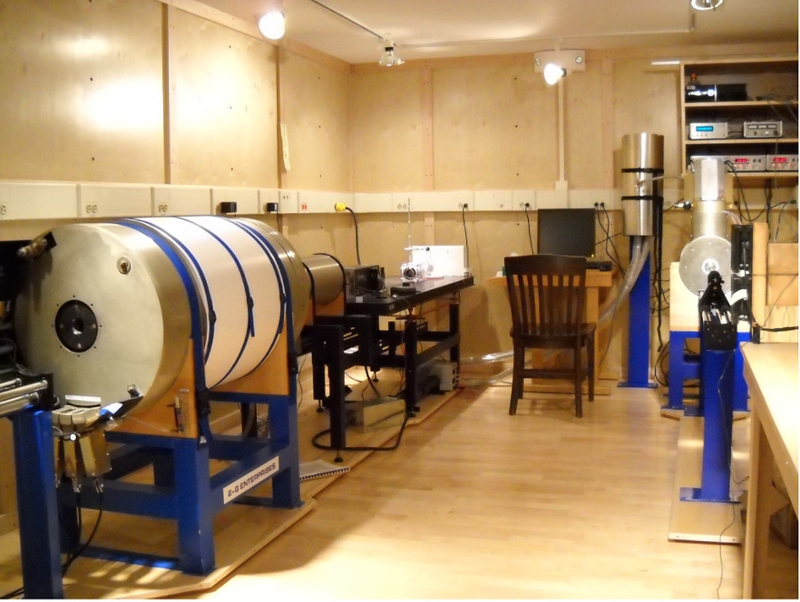
Established by the PI in 1993, the paleomagnetism and rock magnetism laboratories at the University are ever growing. The Paleomagnetic Research Group has a large focus on weak magnetizations carried in millimeter and sub-millimeter samples in recent years. In 2007, an approximately 215 sq. ft. 3-layer (2 layers of transformer steel, 1 layer Mu metal) Lodestar Shielded Room (constructed by Gary Scott) was constructed to aid in our efforts to measure such weak fields. Our Lodestar Shielded Room houses our 755R and small-bore DC SQUID magnetometer, CO2 laser system and thermal demagnetizing ovens. The ambient field is < 200 nT.
A CO2 laser system (A Synrad Firestar V20) for heating of small mm-sized samples in a field free space adjacent to the 2G SQUID magnetometer is available. The laser and optical delivery system and infrared pyrometers (Mikron and FLIR) are supported by a laser table and the target region is a small set of shields contiguous with the DC magnetometer. Our group is also engaged in a collaboration with TwinLeaf, a small business, to develop an atomic (SERF) magnetometer for paleomagnetic applications (coming March, 2017). This instrument offers the potential sensitivity at least an order of magnetometer greater than the WSGI small bore magnetometer.

We have developed techniques to measure weak magnetizations held by minute magnetic inclusions in silicate crystals. A controlled atmopshere chamber for use with our Synrad CO2 laser system for the measurement of magnetizations in vacuum or inert gas, as well as the use of 0.5 mm fuzed quartz boxes for holding sub-millimeter samples.
Instrumentation
2G 755R DC SQUID Superconducting Rock Magnetometer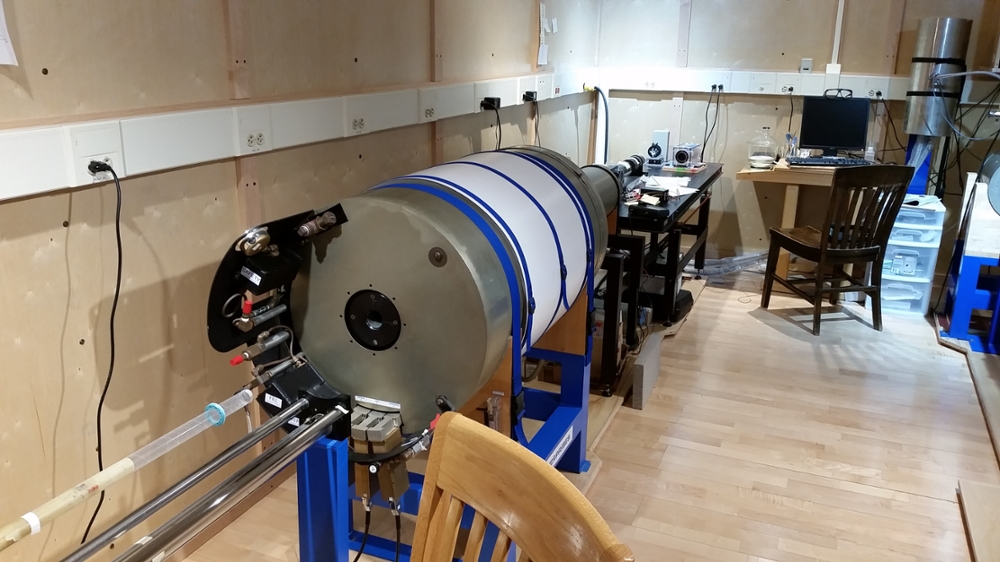
Small-bore WSGI ultra-sensitive 3-component DC SQUID Superconducting Rock Magnetometer. Our small-bore (6.3 mm) 3-component DC SQUID magnetometer affords a factor of 5-10 greater sensitivity as compared to our model 755R cryogenic magnetometer.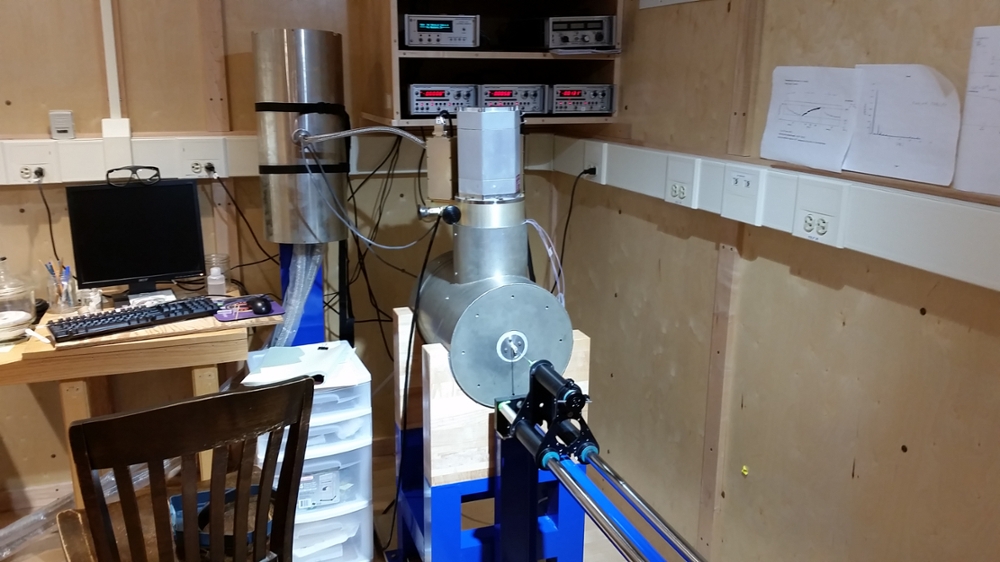
A sample on a 2mm quartz rod for measurement in our small bore 3-component ultra-sensitive cryogenic magnetometer.
Geofyzika JR-5A high-speed automatic spinner magnetometer
Princeton Measurements Corporation Model 2900 Alternating Gradient Force Magnetometer (with standard and transverse P1 probes)
Demagnetization equipment includes (2) ASC Model TD-48 large volume thermal demagnetization devices with axial coils for heating and cooling in a controlled field (paleointensity experiments)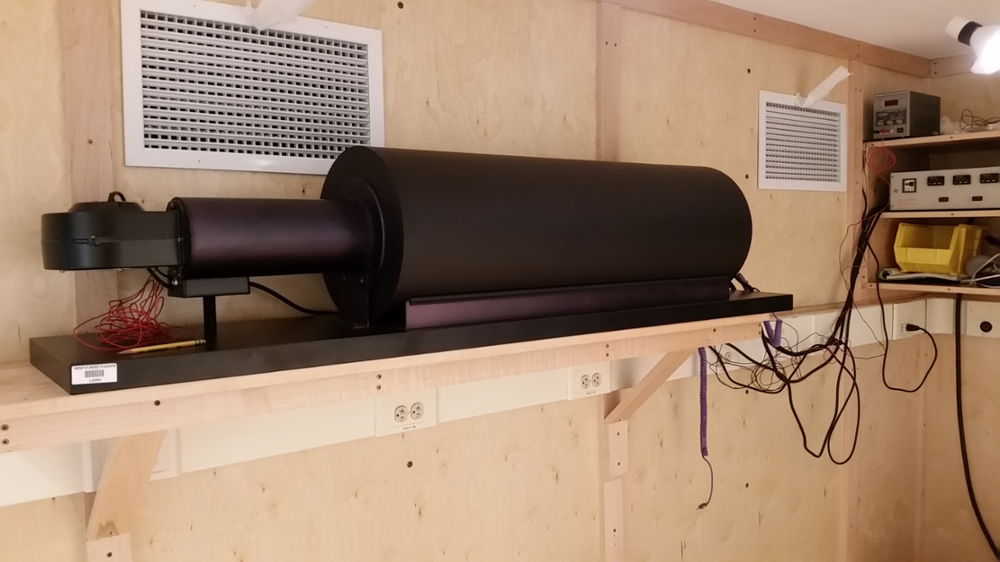
Sapphire Instruments SI-4 Alternating Field Demagnetization Device with ARM and IRM capabilities
We have recently added another AF demagnetizer capable of demagnetization fields of 300 mT.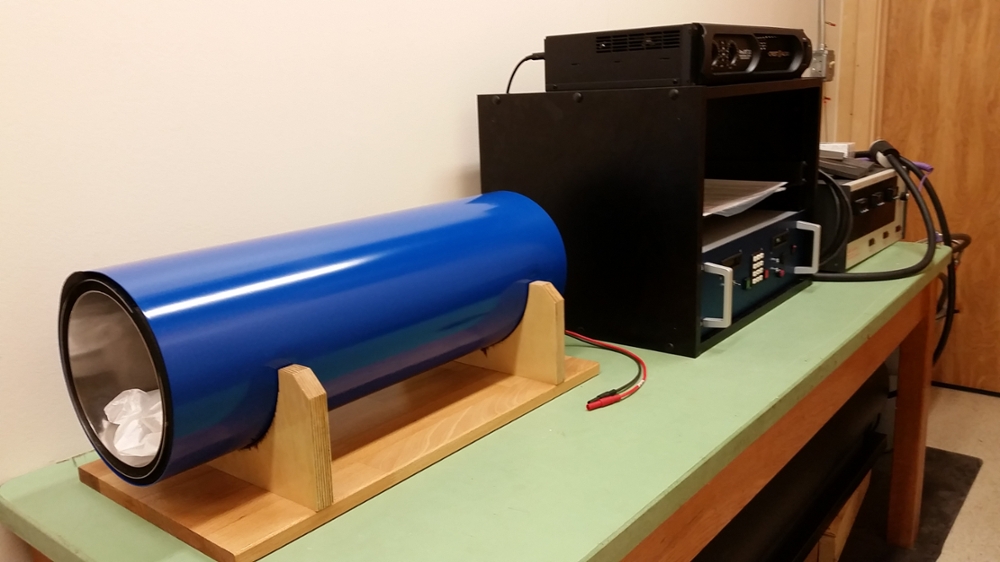
KLY4S Kappabridge (with low and high temperature capability)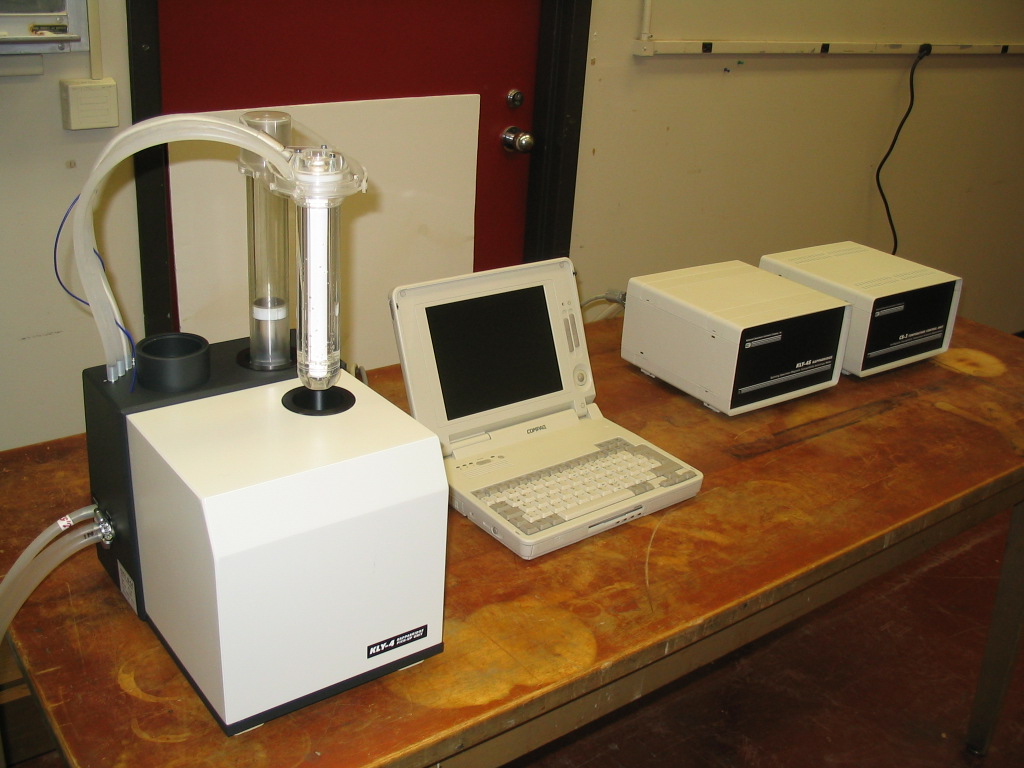
Reflected and transmitted light microscopy is done in house using our Nikon and Zeiss microscopes with digital cameras.
Zeiss Axio Observer light microscope for magnetotactic bacteria studies.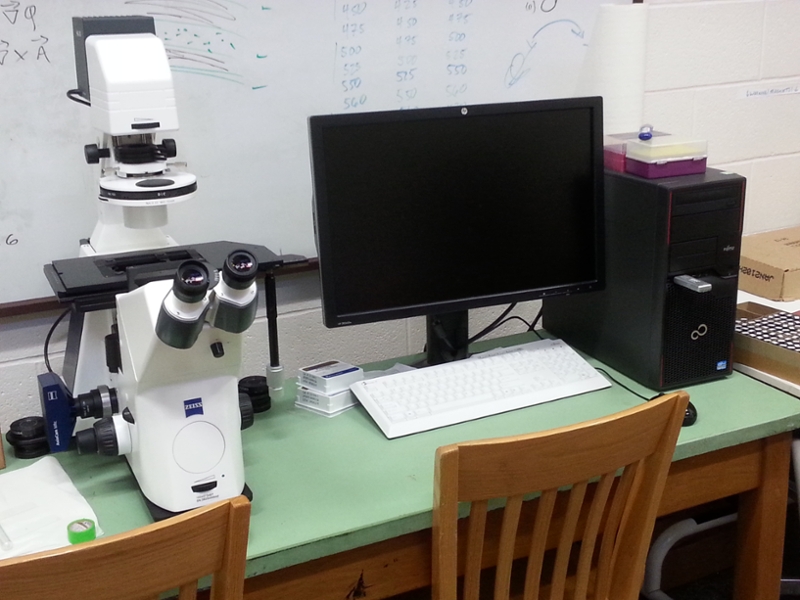
Field equipments include Pomeroy drills and Sun, magnetic and GPS orientation devices, a field susceptibility meter (SM-20 Magnetic Susceptibility Meter) and Model FVM400 and FM300 field magnetometers with an associated set of field Mu-metal shields.

